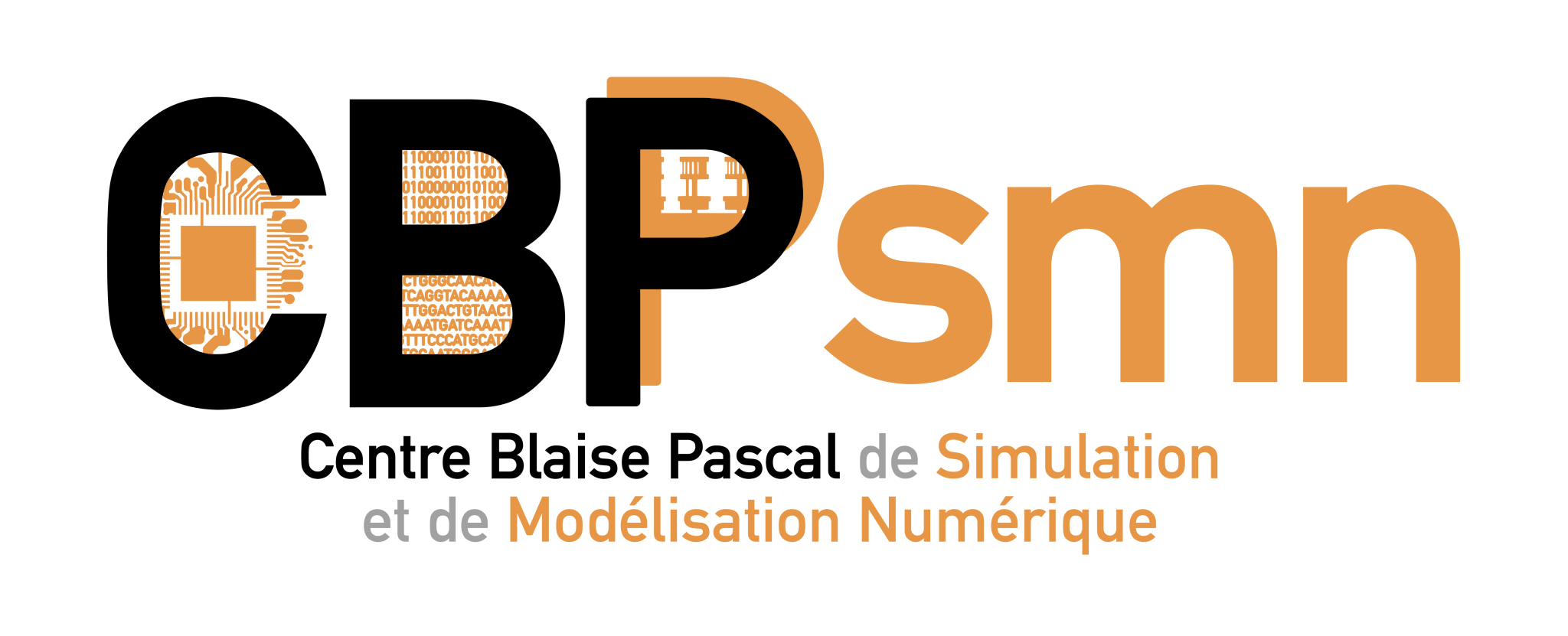Différences
Ci-dessous, les différences entre deux révisions de la page.
| Les deux révisions précédentes Révision précédente Prochaine révision | Révision précédente | ||
|
animation:seminaires:2015:accueil [2017/03/10 10:59] cicaluga [Ecoulements viscoplastiques peu profonds multi-regimes geophysiques: derivation de modeles et inversion numerique de proprietes basales] |
animation:seminaires:2015:accueil [2017/03/10 11:01] (Version actuelle) cicaluga [What's new under the Sun?] |
||
|---|---|---|---|
| Ligne 139: | Ligne 139: | ||
| * Annamaria Kiss (Laboratoires Joliot-Curie, ENS de Lyon, France) \\ | * Annamaria Kiss (Laboratoires Joliot-Curie, ENS de Lyon, France) \\ | ||
| * Cerasela Calugaru (Centre Blaise Pascal, ENS de Lyon) \\ | * Cerasela Calugaru (Centre Blaise Pascal, ENS de Lyon) \\ | ||
| + | |||
| + | **(39 participants)** | ||
| Temporal networks are commonly used to represent systems where connections between elements are active only for restricted periods of time, such as telecommunication, neural signal processing, biochemical reaction and human social interaction networks. In this talk we introduce the framework of temporal motifs to study the mesoscale topological–temporal structure of temporal networks in which the events of nodes do not overlap in time. Temporal motifs are classes of similar event sequences, where the similarity refers not only to topology but also to the temporal order of the events. We provide a mapping from event sequences to coloured directed graphs that enables an efficient algorithm for identifying temporal motifs. We discuss some aspects of temporal motifs, including causality and null models, and present basic statistics of temporal motifs in a large mobile call network.\\ | Temporal networks are commonly used to represent systems where connections between elements are active only for restricted periods of time, such as telecommunication, neural signal processing, biochemical reaction and human social interaction networks. In this talk we introduce the framework of temporal motifs to study the mesoscale topological–temporal structure of temporal networks in which the events of nodes do not overlap in time. Temporal motifs are classes of similar event sequences, where the similarity refers not only to topology but also to the temporal order of the events. We provide a mapping from event sequences to coloured directed graphs that enables an efficient algorithm for identifying temporal motifs. We discuss some aspects of temporal motifs, including causality and null models, and present basic statistics of temporal motifs in a large mobile call network.\\ | ||
| Ligne 152: | Ligne 154: | ||
| * Stephane Labrosse, Caroline Fitoussi, Benoit Tauzin, Nicolas Coltice (Laboratoire de Géologie de Lyon - Terre, Planètes, Environnement) \\ | * Stephane Labrosse, Caroline Fitoussi, Benoit Tauzin, Nicolas Coltice (Laboratoire de Géologie de Lyon - Terre, Planètes, Environnement) \\ | ||
| * Cerasela Calugaru (Centre Blaise Pascal, ENS de Lyon) \\ | * Cerasela Calugaru (Centre Blaise Pascal, ENS de Lyon) \\ | ||
| + | |||
| + | **(30 participants)** | ||
| La diversité des compositions chimiques des basaltes à la surface de la Terre suggère que les roches du manteau Terrestre sont hétérogènes. Si une partie de ces hétérogénéités peut être attribuée à des processus constants de différenciation et de recyclage, certaines signatures géochimiques indiquent la préservation de matériel primordial sur plusieurs milliards d'années. | La diversité des compositions chimiques des basaltes à la surface de la Terre suggère que les roches du manteau Terrestre sont hétérogènes. Si une partie de ces hétérogénéités peut être attribuée à des processus constants de différenciation et de recyclage, certaines signatures géochimiques indiquent la préservation de matériel primordial sur plusieurs milliards d'années. | ||
| Ligne 170: | Ligne 174: | ||
| * Christian Perez et Jean-Yves L'Excellent (Laboratoire de l'Informatique du Parallélisme, ENS de Lyon, France) \\ | * Christian Perez et Jean-Yves L'Excellent (Laboratoire de l'Informatique du Parallélisme, ENS de Lyon, France) \\ | ||
| * Cerasela Calugaru (Centre Blaise Pascal, ENS de Lyon, France) \\ | * Cerasela Calugaru (Centre Blaise Pascal, ENS de Lyon, France) \\ | ||
| + | |||
| + | **(31 participants)** | ||
| In order to design and operates the future reactor for nuclear fusion | In order to design and operates the future reactor for nuclear fusion | ||
| Ligne 199: | Ligne 205: | ||
| good performance up to 1,835,008 threads (the complete Juqueen Blue | good performance up to 1,835,008 threads (the complete Juqueen Blue | ||
| Gene/Q at Jülich). | Gene/Q at Jülich). | ||
| - | |||
| ===== What's new under the Sun? ===== | ===== What's new under the Sun? ===== | ||
| {{:cbp_ens.jpeg?nolink&200 |}}**COLLOQUIUM Centre Blaise Pascal-Laboratoires de Physique** \\ | {{:cbp_ens.jpeg?nolink&200 |}}**COLLOQUIUM Centre Blaise Pascal-Laboratoires de Physique** \\ | ||
| Ligne 211: | Ligne 216: | ||
| * Antoine Venaille (Laboratoire de Physique, ENS de Lyon, France) \\ | * Antoine Venaille (Laboratoire de Physique, ENS de Lyon, France) \\ | ||
| * Cerasela Calugaru (Centre Blaise Pascal, ENS de Lyon, France) \\ | * Cerasela Calugaru (Centre Blaise Pascal, ENS de Lyon, France) \\ | ||
| + | |||
| + | **(52 participants)** | ||
| We will discuss our recent progress to model in 3-D the solar global interior dynamics using the anelastic spherical harmonic (ASH) code. We will show | We will discuss our recent progress to model in 3-D the solar global interior dynamics using the anelastic spherical harmonic (ASH) code. We will show | ||
